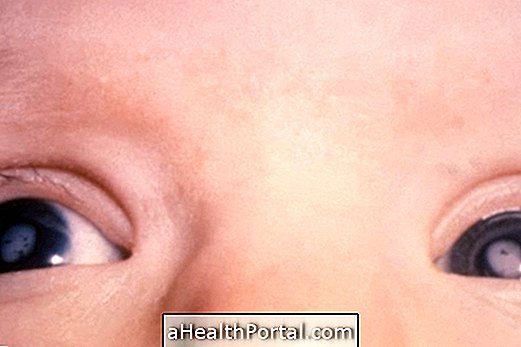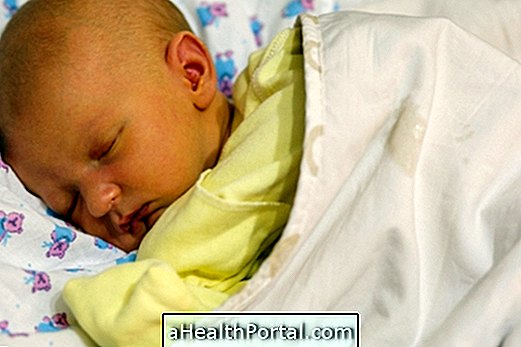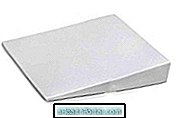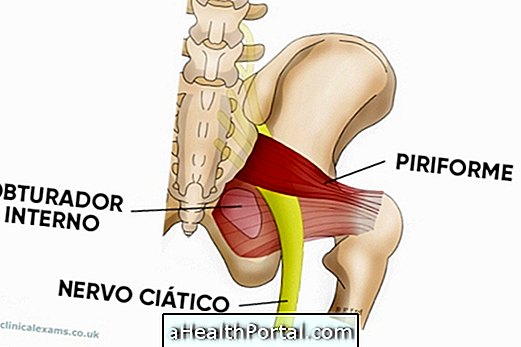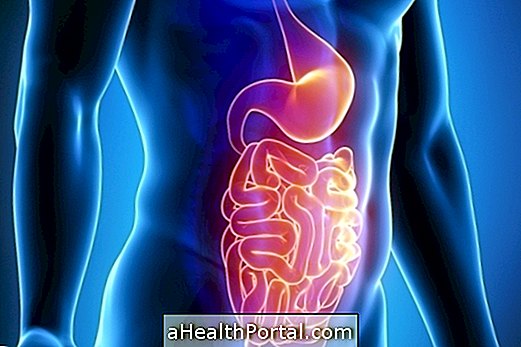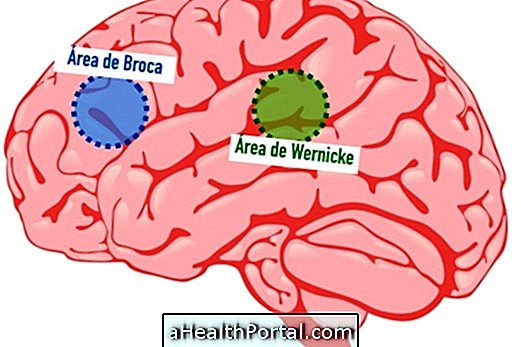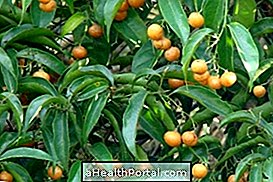The baby with galactosemia should not be breastfed or take infant formulas containing milk, and should be fed with soy-based formulas such as Nan Soy and Aptamil Soy. Children with galactosemia can not metabolize galactose, a sugar derived from milk lactose, and therefore can not ingest any milk or milk products.
In addition to milk, other foods contain galactose, such as animal viscera, soy sauce and chickpeas. Therefore, parents should be aware that no food with galactose is offered to the baby, avoiding the complications resulting from the accumulation of galactose, such as mental retardation, cataracts and cirrhosis.
Infant formulas for galactosemia
Babies with galactosemia can not be breastfed and should take infant formulas based on soy that do not contain milk or milk by-products as ingredients. Examples of formulas indicated for these babies are:
- Nan Soy;
- Aptamil Soja;
- Enfamil ProSobee;
- SupraSoy;
Soy-based formulas should be offered to the baby according to medical or nutritionist's guidance as they depend on the age and weight of the baby. Canned soymilk milks like Ades and Sollys are not suitable for children under 2 years of age.
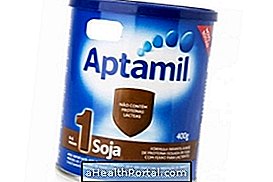

What general care for food
The child with galactosemia can not ingest milk and derivatives, nor products containing galactose as an ingredient. So the main foods that should not be given to the baby when the complementary feeding start are:
- Milk and dairy products, including butter and margarine containing milk;
- Ice creams;
- Chocolate with milk;
- Chickpea;
- Viscera: kidneys, liver and heart;
- Canned or processed meats such as tuna and canned meat;
-
Fermented soy sauce.


Parents and caregivers of the child should also check the label for the presence of galactose. The ingredients of industrialized products that contain galactose are: hydrolyzed milk protein, casein, lactalbumin, calcium caseinate, monosodium glutamate. See more on banned foods and foods allowed in What to Eat on Galactose Intolerance.
Symptoms of galactosemia in the baby
Symptoms of galactosemia in the baby arise when the child ingests food with galactose. These symptoms may be reversible if the diet without galactose is completed early, but the excess of this sugar in the body can have negative consequences for a lifetime, such as mental deficiency and cirrhosis. The symptoms of galactosemia are:
- Vomiting;
- Diarrhea;
- Tiredness and moodiness;
- Swollen belly;
- Difficulty in gaining fart and delay in growth;
- Skin and yellow eyes.
Galactosemia is diagnosed in the test of the foot or in an examination during pregnancy called amniocentesis, so children are usually diagnosed early and soon begin treatment, which allows an adequate and uncomplicated development.
Here's how to prepare other milks without galactose:
- How To Make Rice Milk
- How To Make Oat Milk
- Benefits of Soy Milk
- Benefits of almond milk



